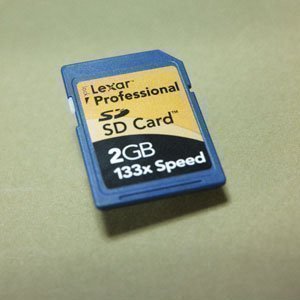How to Format an SD Card
Secure Digital (SD) memory cards are very simple to format. There are 3 main options to format the SD cards to the format needed. To successfully format an SD card, the write protection lock on the side of the card must be in the “unlock” position. SD mini and micro SD cards must be used with an adapter or specialized USB card reader when a computer is formatting them.
The first option is to use a format utility. On most computer systems, there are generic formatting utilities available for nearly every form of writable media. In Microsoft Windows systems, the format option can be found in the “My Computer” folder or when the user clicks the Start Button on the taskbar and goes to the “Computer” tab when viewing drives. The available drive letter that corresponds with the SD card inserted can be right-clicked to bring up the drop down menu selection where the “Format” option can be selected. The different format options are available through the selectable options in the format utility.
Secondly, the SD Association SD Formatter is the recommended option for anyone using a Microsoft Windows based system. The SD Formatter is recommended because the generic format utilities are not designed to format the SD cards to their official SD memory format requirements to run at optimum performance on devices. The SD formatter that the SD Association offers is free and is offered at SDcard.org.
Formatting through devices is the third option that is available to those who do not have access to a computer to format their cards. The devices that use the SD cards may have a built in format option to format the cards to work at optimum capacity with the device. This type of formatting is only recommended when the card is only going to be used in the one device to ensure that it remains compatible with the device. Cameras, phones, gaming consoles, and various other devices will usually have the built in function to format an SD card to work best with said device.
SD card formatters should be aware of the risks in order to prevent early card malfunction. Formatting uses some of the limited write function of the memory within SD cards. Each block of memory available on the card can only be written to a limited amount of times. This limit usually falls within 100,000 writes of the memory blocks and causes the cards to fail when the limit is reached. Formatting a card to completely erase it should be a last resort because formatting writes to every memory block whereas deleting unnecessary files from the card preserves unused memory life on the card. Use of any one memory card should not exceed 2 years to help prevent accidental loss of data or card failure from formatting damage and normal memory wear.


Comments - 5 Responses to “How to Format an SD Card”
Sorry but comments are closed at this time.